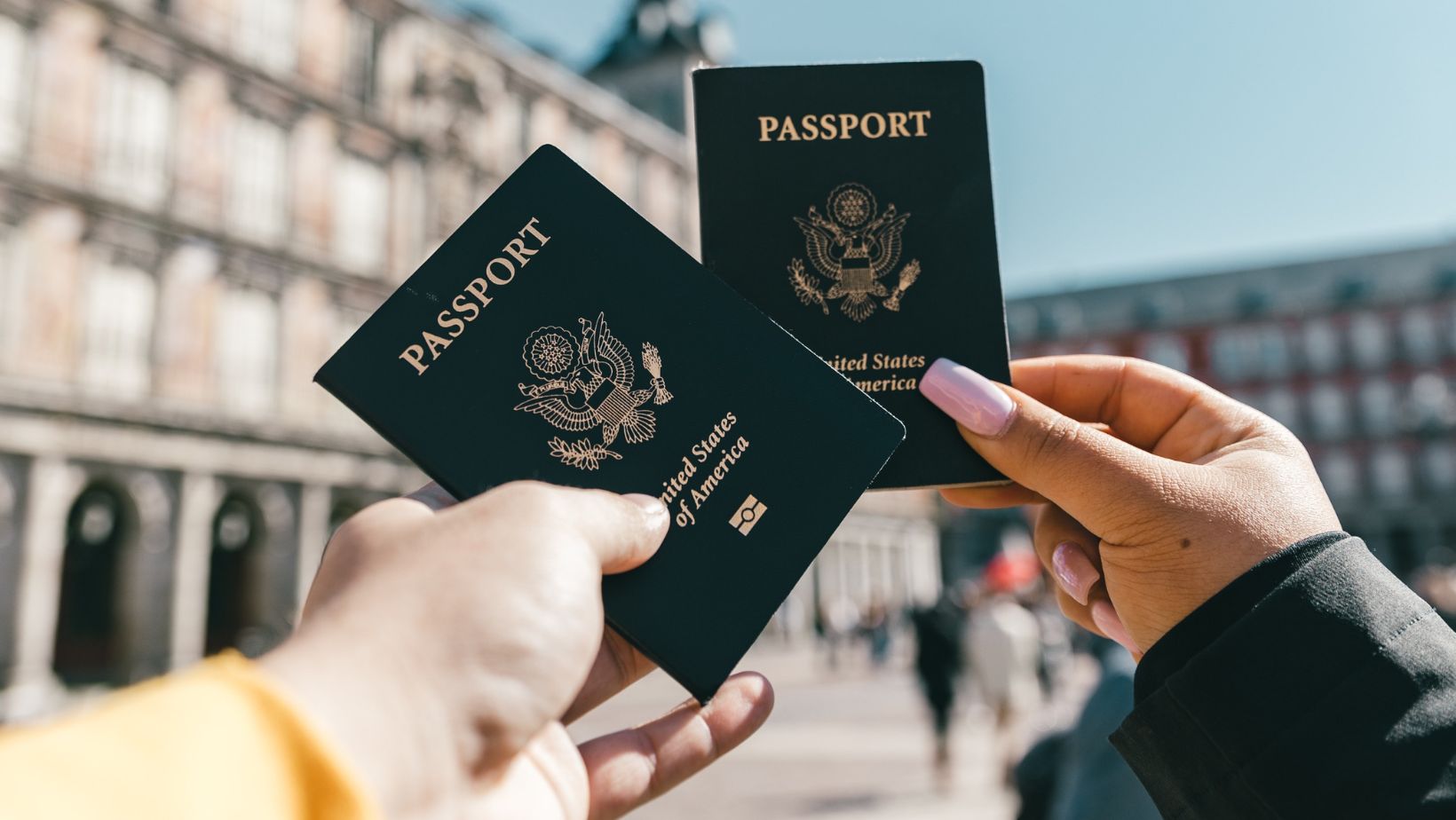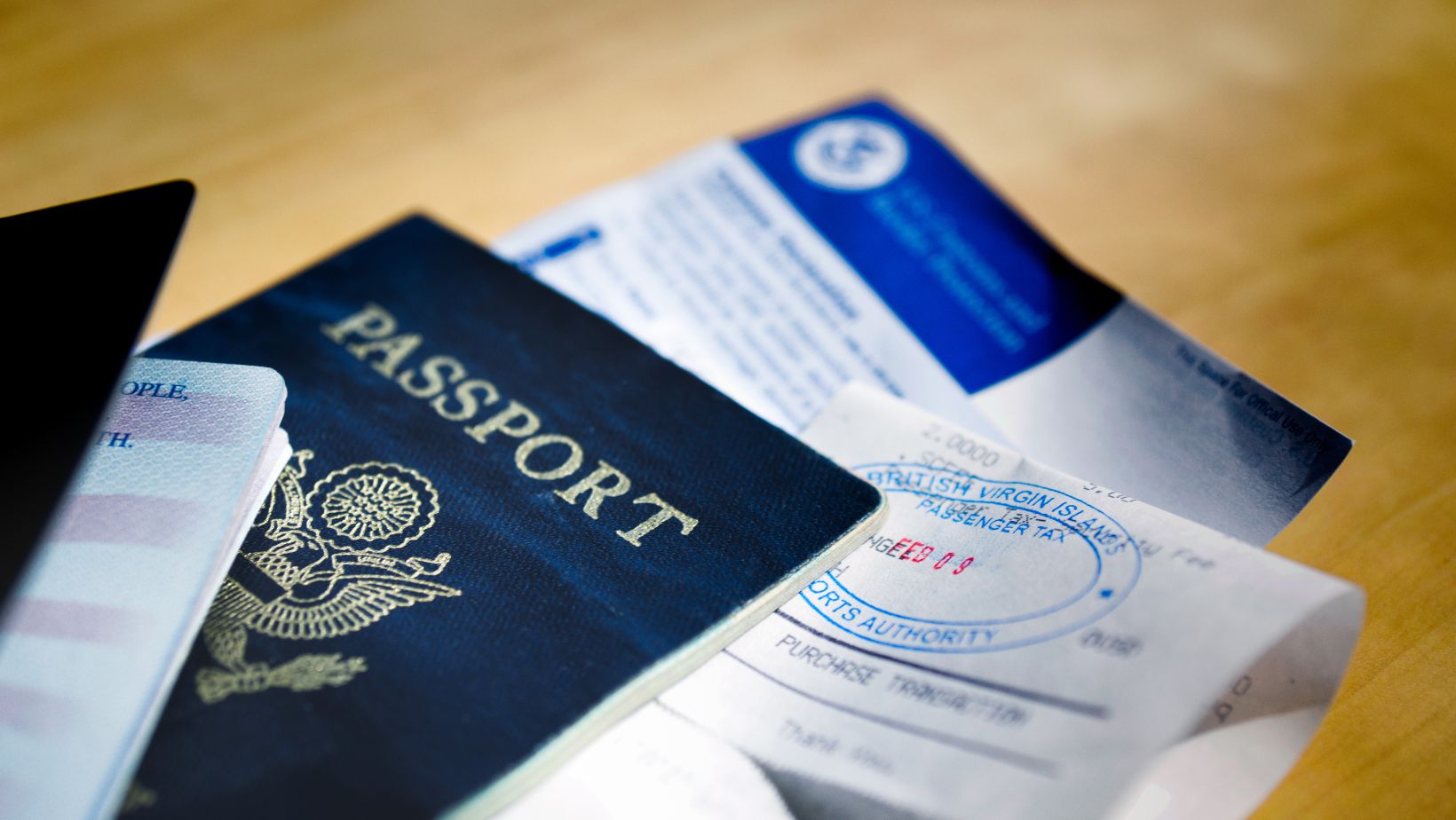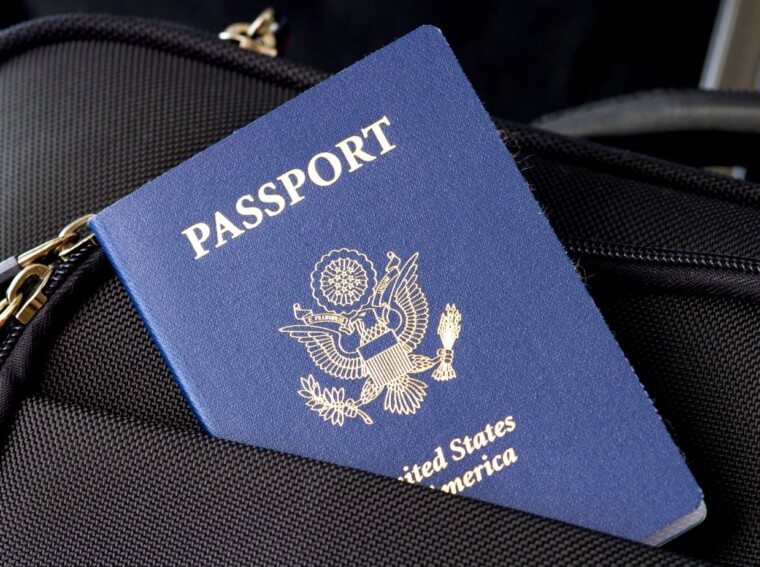A passport is a symbol of national identity, security, and culture in addition to being a travel document. Some passports look simple and practical. Others stand out with bright colors, detailed patterns, and beautiful artwork. However, what distinguishes some passports from others in terms of appearance? History, security features, and artistic aim all play a part in the solution.
Similar to how logging into Slotsgem login opens you a world of enjoyment, a passport is essential for international travel. A passport does more than serve its purpose. Its design reveals a lot about a country’s history, culture, and innovations. Passports look different in each country. This is true, even though they all have to meet international security rules.
The Significance of Beauty in Passport Design
A passport’s cover and inside pages frequently define how beautiful it is. Some countries pick simple designs. These often show their national symbols and use only a few colors. Some use a creative strategy. They add unique graphics, historical symbols, and hidden security features. This makes the visual experience better.
For instance, the clean and contemporary style of Norway’s passport is frequently commended. The design firm Neue was hired by the Norwegian government in 2014 to produce a passport that showcases the nation’s scenic vistas. Clean lines and pastel hue variations created a minimalist yet gorgeous cover. The pages within include stylized depictions of Norway’s well-known fjords and mountains.

These drawings become a shimmering representation of the Northern Lights when exposed to UV light, fusing beauty with safety.
In a similar vein, the Canadian passport is a work of art. Its pages feature well-known national landmarks during the day, but when exposed to UV light, a hidden layer of colorful pictures that feature luminous fireworks, wildlife, and Indigenous artwork appears. This improves security by making the document more difficult to forge, in addition to adding beauty.
Color Selections: Convention vs. Innovation
The four primary colors of passport covers are usually red, blue, green, and black. These decisions aren’t random. They often reflect geographical, historical, or political factors.
- Red Passports: Red is the predominant hue in many nations with historical ties to socialism or communism, including China and Russia. Red passports show unity among member nations and are favored by the European Union.
- Blue Passports: Blue is a common color in the Americas that symbolizes the “New World” and is frequently connected to stability. In 1976, the US made the historic transition from green to blue.
- Green Passports: Green is used in many Islamic countries, such as Saudi Arabia and Pakistan. In Islam, green has religious importance.
- Black Passports: Black is less common but used in countries like Botswana and New Zealand. It shows refinement and strength.

Some nations break away from tradition and experiment with unconventional hues. Iceland has a new deep purple passport. It shows off the country’s unique character.
The Value of Design and Security
Although passport design incorporates aesthetics, security always comes first. Many of the most attractive passports include high-tech features that are creative and safe.
Common anti-counterfeiting techniques include holograms, UV-reactive ink, and microprinting. Some nations go further. They use embedded chips, biometric data, and advanced printing. This creates a detailed, multi-layered design. These components make passports visually appealing and ensure that they are hard to counterfeit.
A smart animation appears in Finland’s passport. When you flip through it quickly, you see a moose walking, creating a flipbook effect. The passport is transformed into a work of art by this minor yet intriguing touch.
A passport’s design blends art, national symbols, and security. It is functional and looks good, too. Some nations celebrate creativity with beautiful passport designs. Others prefer simple and practical styles.

